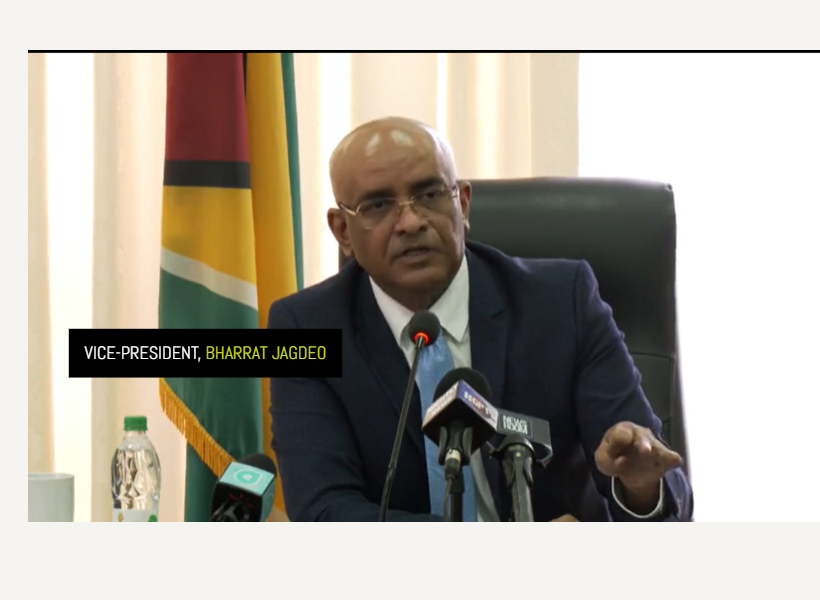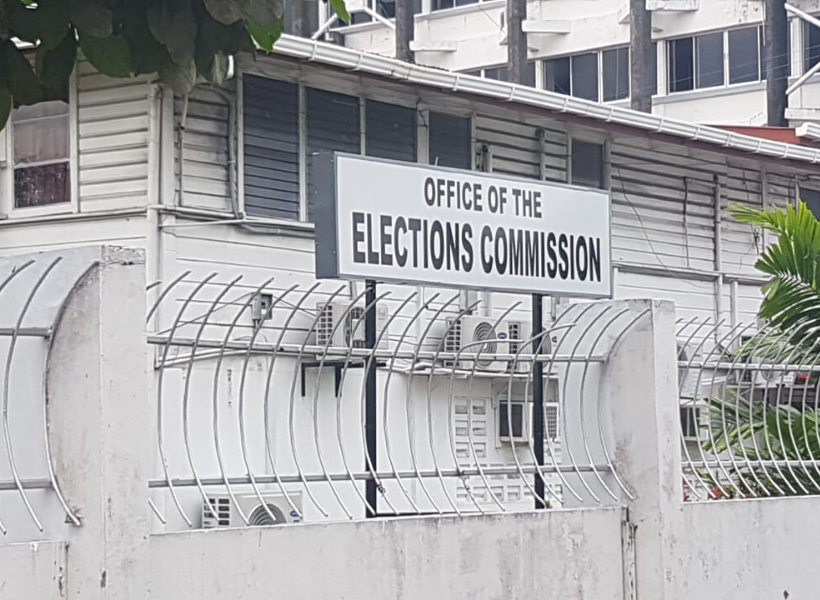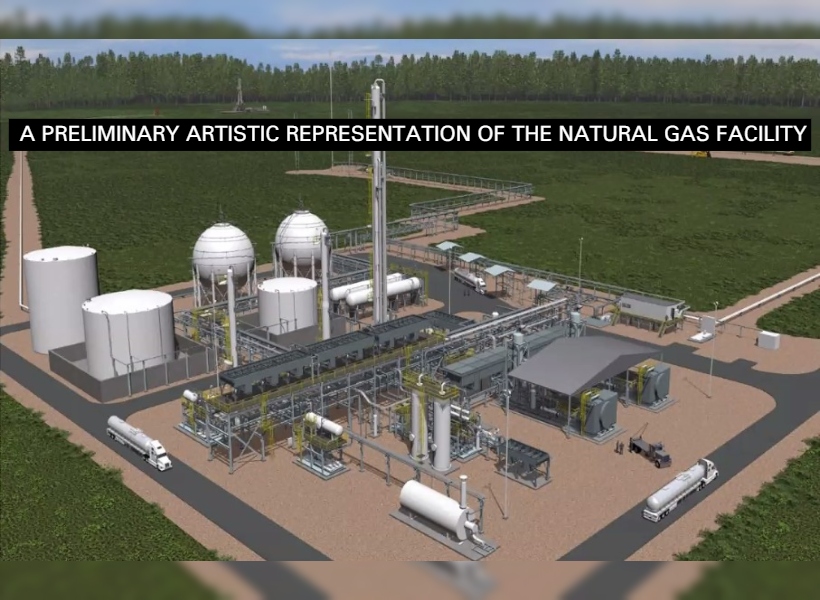Vice President, Dr. Bharrat Jagdeo, has strongly refuted the claims put forth in a recent report by the Institute for Energy Economics and Financial Analysis (IEEFA). This report casts doubt on the government’s claim that the gas-to-energy project would replace petroleum for power generation and potentially enable the Guyana Power & Light (GPL) to slash its rates by 50 percent.
During a press conference held today, Dr. Jagdeo characterized the IEEFA report, co-authored by Tom Sanzillo, Director of Financial Analysis at IEEFA, and Cathy Kunkel, an Energy Consultant at IEEFA, as “utter nonsense”. He provided a firm assurance that the Wales Gas-to-Energy project remains a viable initiative and will ultimately generate sufficient revenue to cover its costs.
Furthermore, Dr. Jagdeo challenged the report’s recommendation to shift towards solar power, emphasizing that solar energy cannot serve as a reliable baseload power source due to its intermittent nature. Instead, he argued in favor of the gas-to-energy project’s viability, highlighting the economic model.
Dr. Jagdeo explained that the project’s financial sustainability hinges on selling power at a rate of 11 cents per kilowatt hour. This pricing, he demonstrated, would not only cover infrastructure and operational expenses, including the pipeline, but also yield profits. He acknowledged that the final selling price might be lower, factoring in transmission and commercial losses.
Additionally, Dr. Jagdeo pointed out that the project’s profitability extends beyond power generation. It includes the potential to generate revenue from selling byproducts such as cooking gas. Over a 20-year project lifespan, this could result in substantial earnings, which, based on current prices, could amount to over $100 million annually and $2 billion in 20 years.
Vice President, Jagdeo vehemently defended the feasibility and financial soundness of the Wales Gas-to-Energy project, assuring that it would not only pay for itself but also contribute significantly to the country’s finances over the long term.
The heart of the project involves laying approximately 190 kilometers of pipeline, set to be completed by 2024. This initiative includes the construction of a pipeline from the Liza Phase 1 and Phase 2 floating production, storage, and offloading (FPSO) vessels to an onshore natural gas liquids processing plant. It also involves the creation of a 225 km 12″ pipeline designed to transport a guaranteed minimum of 50 million cubic feet per day (mmcfd) of natural gas from offshore Guyana to the Wales Development Authority.
The anticipated outcomes of the gas-to-energy project are a projected 50 percent reduction in the nation’s electricity expenses and increased competitiveness in other industries.











